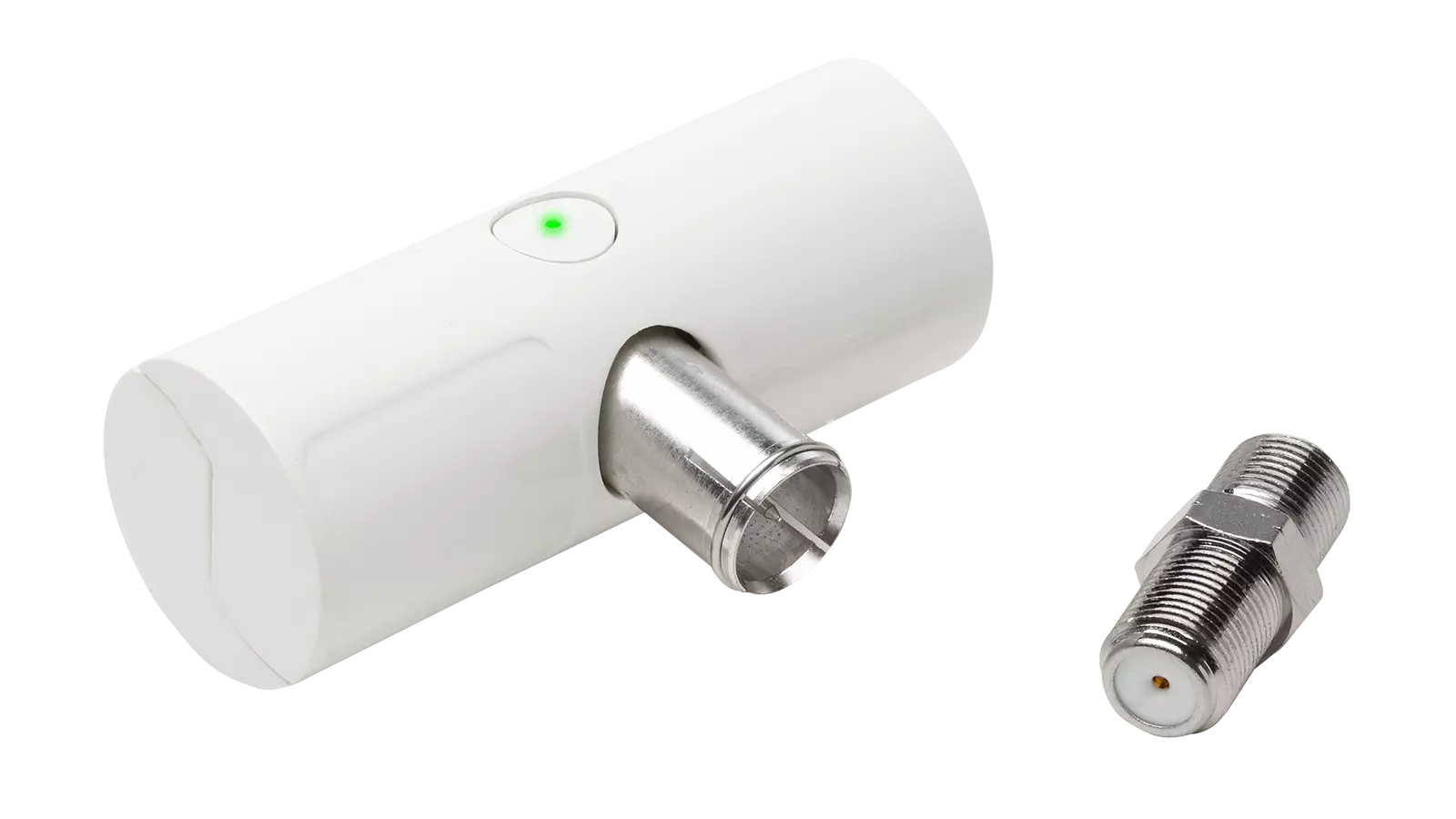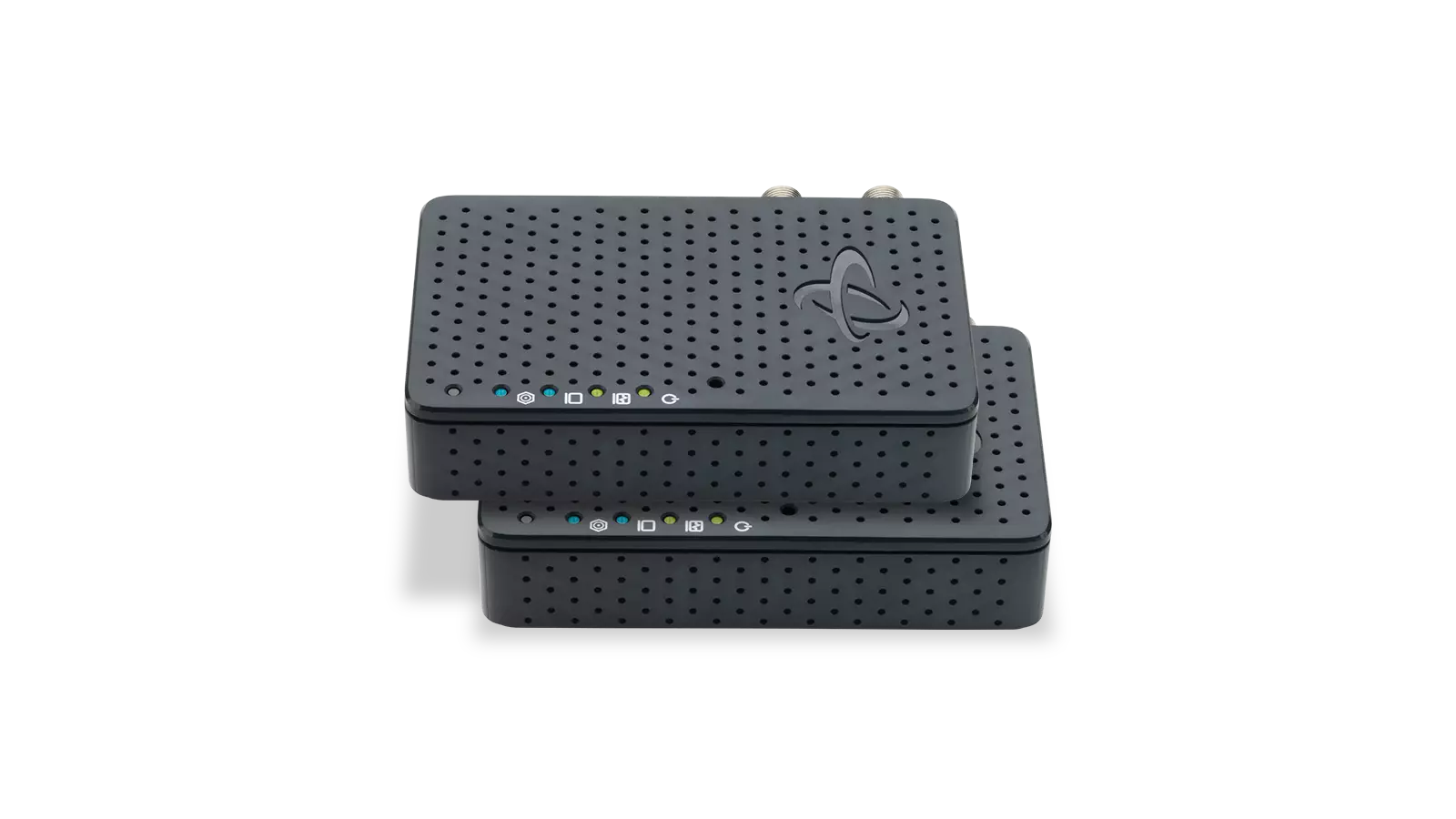When you set up your cable modem router, there are a few things to make sure of so that get the best WiFi and Internet connection. These things have to do with properly placing the device, testing it, protecting it and more.
Before and after setting up your cable modem router, refer to this checklist of 5 mistakes to avoid.
5 common mistakes while setting up your router, why, and how to fix them
Use this checklist to avoid issues with your cable modem router connection:
1) Cable modem router placement
Mistake: Don’t put the device in tucked away places like back rooms, basements, cabinets, or on the floor. This hurts your signal connection.
Why: Many objects can become obstacles for your WiFi signal if it’s not placed in a central location, creating interference, and impeding your WiFi performance.
How to fix: Placing your cable modem router in a central location in your home will ensure your devices and WiFi access points are able to stay connected with a signal.
2) Avoid signal interferences
Mistake: This one is related to the placement as well. Also try to avoid signal interference. Interferences include large, metal objects (like a fridge or microwave), concrete and brick walls, Bluetooth devices, in-floor heating and other items that run on radio frequency.
Why: By avoiding signal interferences, you will have less dropped calls and connectivity issues.
How to fix: Place your cable modem router in a cleared area away from interferences. Up off the floor is best.
3) Check which frequency band you’re connected to
Mistake: Leaving your device automatically connected to 2.4GHz band.
Why: The 2.4GHz band isn’t all bad, but the 5GHz band is way better. It is less busy and therefore reduces congestion and makes your connection better.
How to fix: Try changing your frequency from 2.4GHz to 5GHz, since it is a less busy channel.
4) Make sure your Coax TV Outlet is Working
Mistake: Not testing your Coax TV outlet before plugging in your cable modem router and dealing with the frustration and time of troubleshooting connectivity issues.
Why: Testing the coax outlet helps you find a valid cable Internet signal. It helps you answer questions like: What if your Internet isn’t working? Are you even receiving a signal from your Cable Internet provider? Is it just an issue with your coax outlet? Testing your coaxial cable for Internet can help you quickly and accurately pin-point an issue if there is any.
How to fix: Using the DSS-01 Coax Cable Tester is an accurate and easy way to find a signal from your Cable Internet provider. It’s easier than using other types of testers that only detect voltage.
5) Update your cable modem router’s firmware
Mistake: Trusting everything right out of the box.
Why: Just because your device is brand new doesn’t mean it is inherently protected.
How to fix: Simply make sure your firmware is up to date on the device and keep your cable modem router updated as often as possible. This protects again any malware attacks, which can take up your bandwidth and spread across your network. This can become both a safety issue and a slow WiFi issue.
Each of these mistakes aren’t going to cost you big, but with the knowledge on how to avoid them and putting in the low effort to avoid them will have a big pay off in the end for your good WiFi and Internet connections.
To test your Coax TV outlets and wiring, get Hitron’s DSS-01 Coax Cable Tester on Amazon so you can always test, troubleshoot and adjust when needed. For more set up tips like this check out Hitron’s Learn Page and blog.


